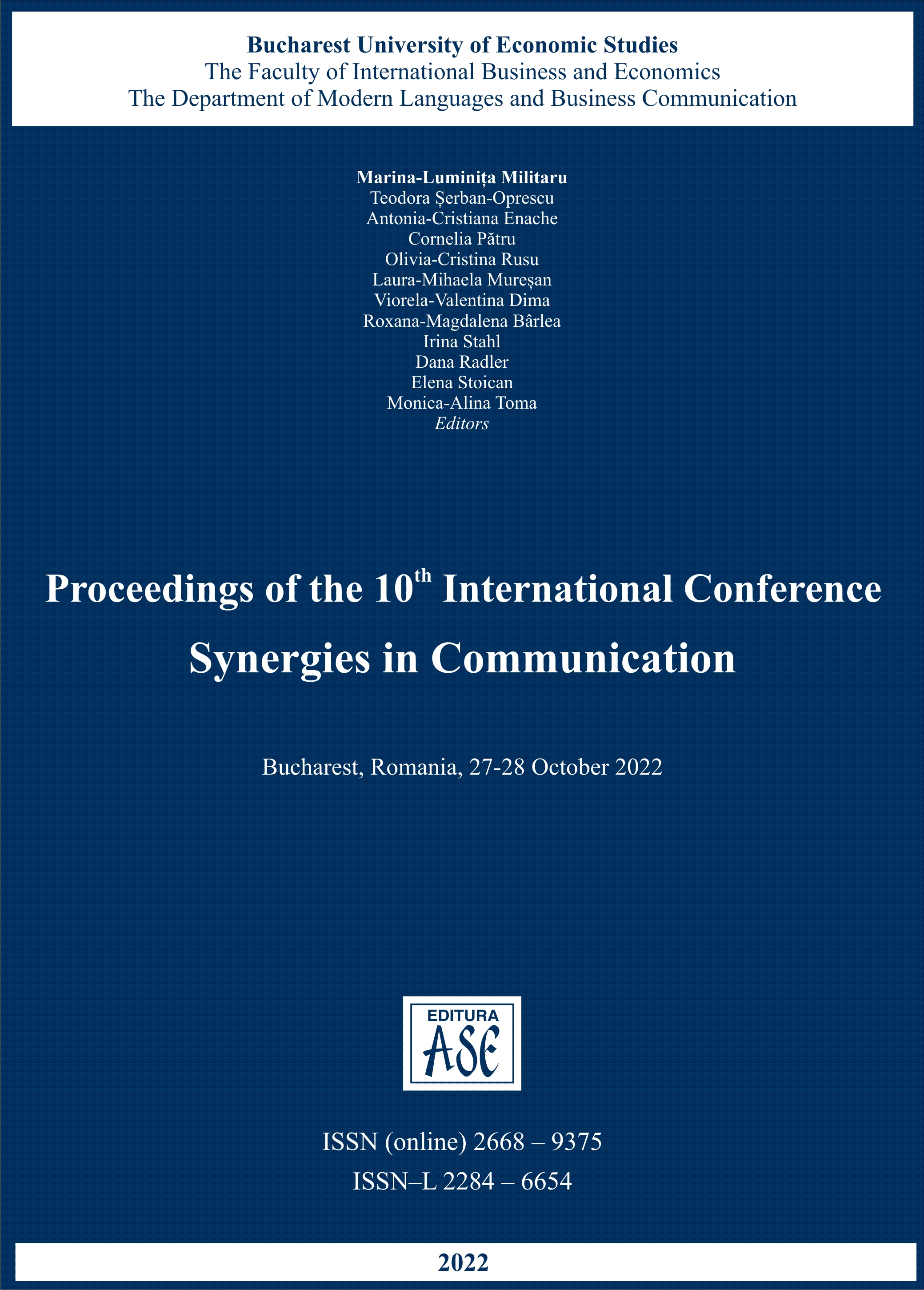VISUAL COMMUNICATION THROUGH THE SPECIAL COSTUMES OF THE RITUAL YEAR IN A TRANSYLVANIAN VILLAGE AND ELEMENTS OF THESE COSTUMES IN THE RITUAL TEXTS
VISUAL COMMUNICATION THROUGH THE SPECIAL COSTUMES OF THE RITUAL YEAR IN A TRANSYLVANIAN VILLAGE AND ELEMENTS OF THESE COSTUMES IN THE RITUAL TEXTS
Author(s): Maria ȘpanSubject(s): Literary Texts, Customs / Folklore, Geography, Regional studies, Communication studies, Cultural Anthropology / Ethnology
Published by: EDITURA ASE
Keywords: traditional costume; visual communication; ritual year; Gura Râului; Transylvania;
Summary/Abstract: Visual communication through clothing is a very important aspect of the ritual year in the Transylvanian village of Gura Râului. The village is located in a multi-ethnic region that has preserved its traditions very well over time, in an attempt to preserve its identity. Following the same line of thought, the preservation of local identity, at the end of the 19th and the beginning of the 20th century, the ASTRA Association from Sibiu proposed a so-called ‘national costume’. This costume, made of black and white garments, was adopted by several villages in the Sibiu area. This explains why the traditional costume in black and white has become specific to this region, within which the simplest costume belongs to the village of Gura Râului. The most beautiful costumes are worn during the most important moments of the ritual year. This article highlights a series of aspects of visual communication through clothing: from wearing ‘Romanian clothes’ on Sundays and during holidays, to the differences between the costumes of an unmarried woman, of a married woman and an elderly woman, to the costumes worn, in the past, to the Sunday dance, during the Great Lent or fasting periods, to the rites of passage, and during the great Feasts of the călușari, the juni and the crai. The research methods used during fieldwork were: observation, participant observation, interviews and document/artifact analysis. Additional ritual texts, collected orally and containing descriptions of costumes, as well as photos from the author’s and the villagers’ personal archives, were used to illustrate and reinforce the idea of a simple costume, but one that communicates countless messages about those who wear it.
Journal: Synergies in Communication
- Issue Year: 1/2022
- Issue No: 1
- Page Range: 410-429
- Page Count: 20
- Language: English

